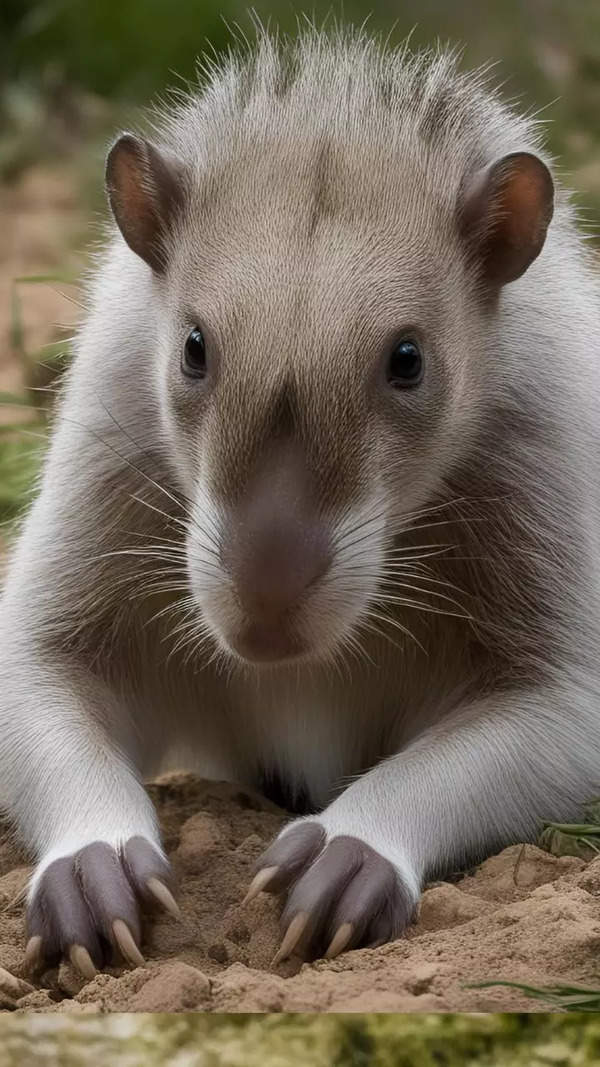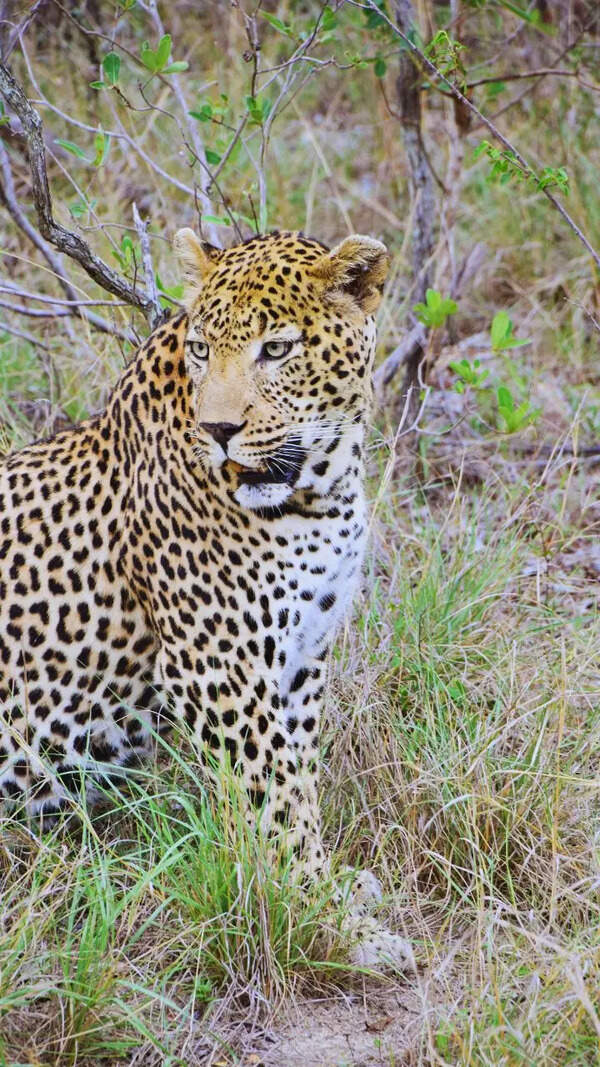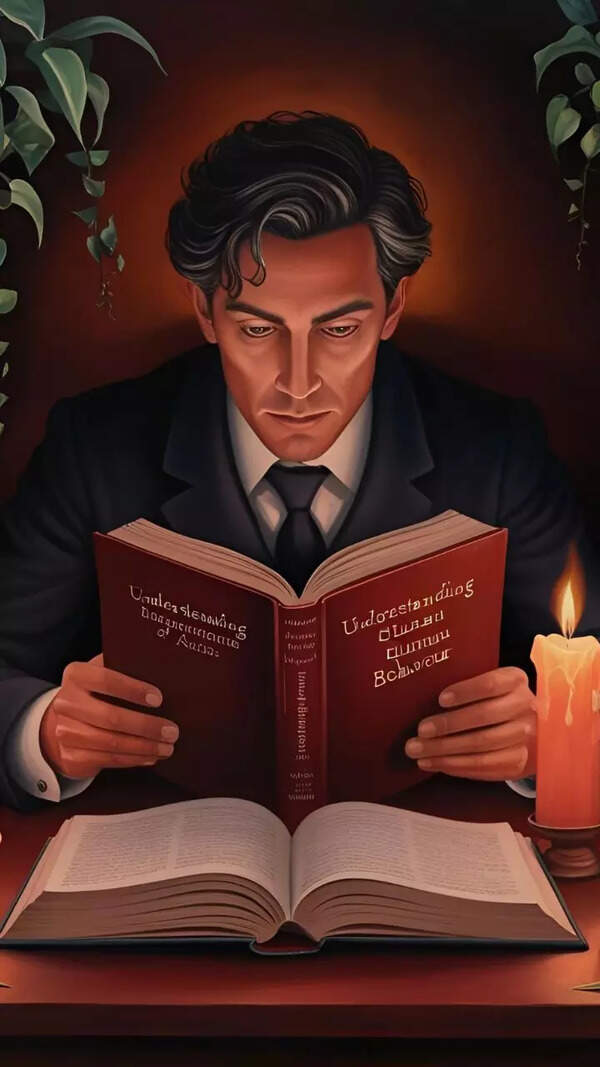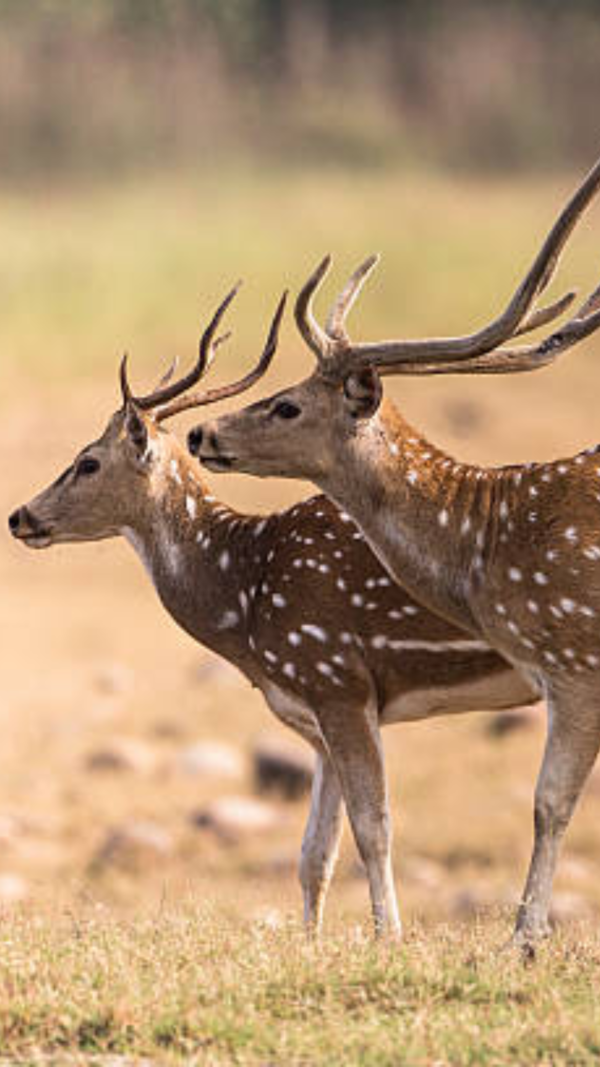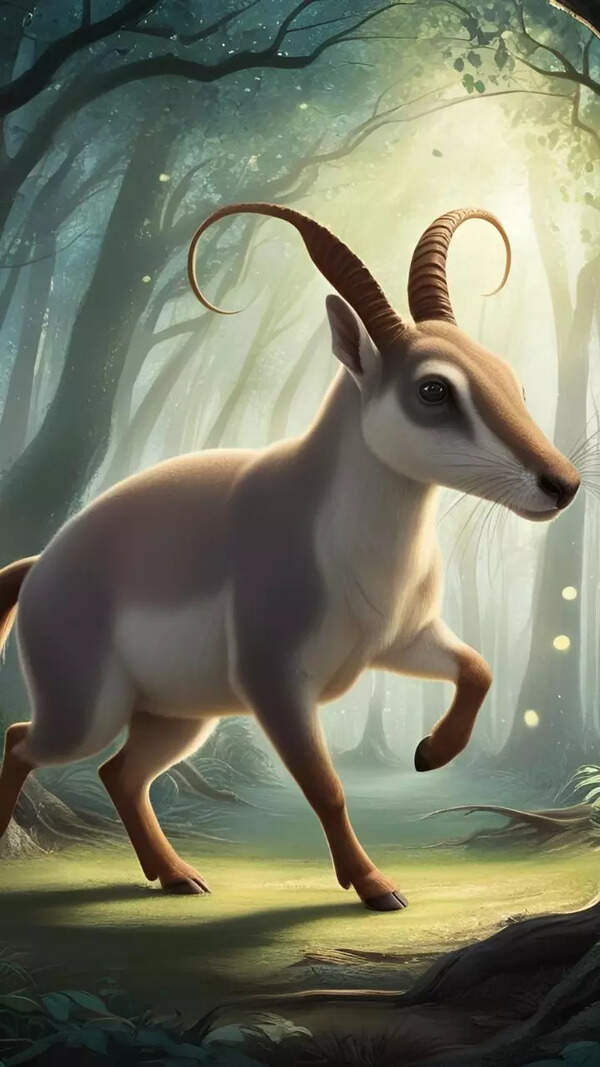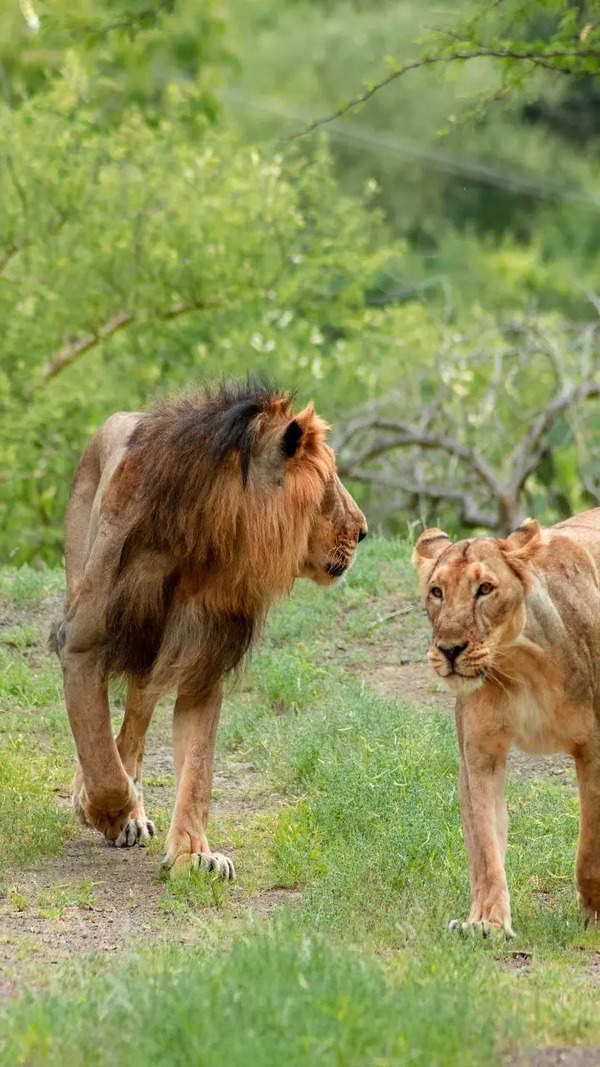- News
- entertainment
- bengali
- movies
- A forgotten fontsmith finds his place in history
Trending
A forgotten fontsmith finds his place in history
Kolkata honored Panchanan Karmakar, a pioneer of Bengali typeface, with the HARAF exhibition at Khelat Bhavan. Curated by KOI Worldwide and Priyanka Mullick, the exhibition showcased Karmakar's legacy, including his creation of the first Bengali typeface in 1778.
Once the cold, unyielding quarters of colonial incarceration, the stately dungeon at Khelat Bhavan in Pathuriaghata glowed with the soft glimmer of lamps and the warm tread of red carpets. It is here — in this marbled mansion turned memory-keeper — that Kolkata chose to honour one of its most overlooked cultural architects, Panchanan Karmakar. HARAF, the exhibition that opened Thursday evening and went on till tuesday, is not just a tribute; it is a resurrection. A typeface reverie that broght together hand-carved metal letters, family archives, and a 50-foot Kantha tapestry — each stitch and serif gently coaxing a forgotten legacy back into the public imagination.
Curated by Kounteya Sinha and Oiendrila Ray Kapur of KOI Worldwide, with the impassioned scholarship of Karmakar’s great-granddaughter Priyanka Mullick, HARAF is a masterclass in mnemonic curation. It gathered the country’s finest minds in an intimate celebration of typographic firsts. As Rabindra Sangeet floated through live strings and marble corridors, the air was not merely filled with nostalgia, but with a palpable sense of justice finally served — one carefully cast character at a time.
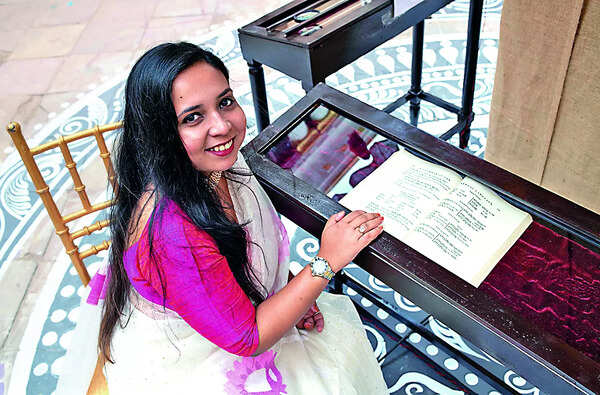
The man who cast Bengali in metal
The Grammar of the Bengal Language
. What he forged wasn’t just font. It was futurism. He lent permanence to fleeting words and gave Bengali — and later Odia, Tamil, and Devanagari — a printed pulse.His typeset laid the groundwork for
Samachar Darpan
, the country’s first vernacular newspaper, which rolled out from Serampore Press in 1818. Now, centuries later, his chiselled legacy is on display in a building once designed to confine — now defiantly liberating a story that waited far too long to be told.
A motley of brilliant minds unveiled the evening
The opening evening was a veritable constellation of talent, grace, and intellectual gravitas. Among those who walked the halls of history were the
Padma Shri-awarded
and the Nawab of Kotwara ,Muzaffar Ali and Meera Ali
— the iconic director and Nawab of Kotwara — and Shaunak Sen
, the Oscar-nominated filmmaker and BAFTA, Cannes, and Sundance laureate. Joining them was Sudeep Chatterjee
, the two-time National Award-winning cinematographer whose lens has defined modern Bollywood, and Bickram Ghosh
, the four-time Grammy-nominated composer whose rhythms echo across genres and geographies.The room pulsed with creative energy as
Plabita Barthakur
and Ritwik Bhowmik
, actors known for their fresh cinematic presence, mingled with Hanu Raghavapudi
, the acclaimed Telugu director. Geeta Chandran
, doyenne of Bharatanatyam and recipient of both the Padma Shri and Sangeet Natak Akademi honours, added a classical note to the evening. Also present were award-winning actress Ekavali Khanna
, Professor Jayanta Sengupta
, Director of The Alipore Museum, and His Excellency Maxim V Kozlov
, Consul General of Russia. The guest list further dazzled with filmmaker Soumik Sen
, actor Sauraseni Maitra
, Barnali Chattopadhyay
, the voice behind Heeramandi
, Rajiv Chandran
from the United Nations, and Giridhari Saha
, Chairman of the Serampore Municipality. HARAF wasn’t just a gathering — it was a standing ovation across disciplines.
“This is a monumental step in positioning HARAF with the recognition, honour, and context it truly deserves on the global stage. We’ve become so immersed in technology that we often overlook the tactile beauty of how harafs were originally crafted.”
— Muzaffar Ali
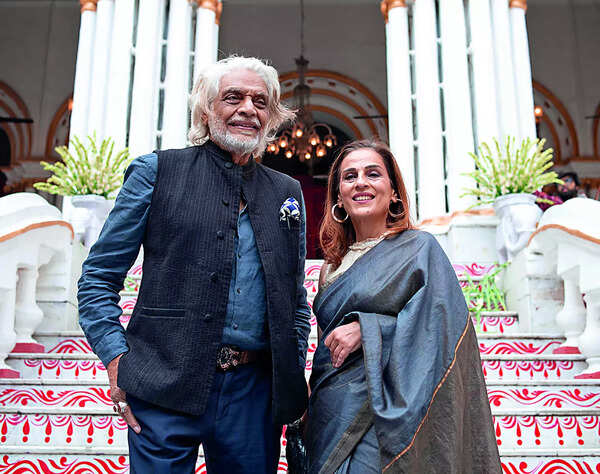
“I’m completely spellbound. It’s truly heart-warming to witness an exhibition that brings to light the very origins of the Bengali
haraf
—a fascinating journey through time.”— Barnali Chattopadhyay
“Every visit to Kolkata is a stark reminder of how crucial it is to preserve our heritage. The city always manages to evoke a deep sense of connection to the past.”
— Sudeep Chatterjee
“It’s intriguing to see a drone surveying the space from above. In gatherings like these, drones are a rarity, and it brings a fresh, unexpected element to the experience. It feels like something truly different.”
— Shaunak Sen
"This exhibition is truly important, especially being held at such a wonderful location, as it stands at the core of our culture and history — at the core of who we are, not just as Bengalis, but as Indians"- Bickram Ghosh

End of Article
Follow Us On Social Media
Visual Stories
Tired of too many ads?go ad free now

